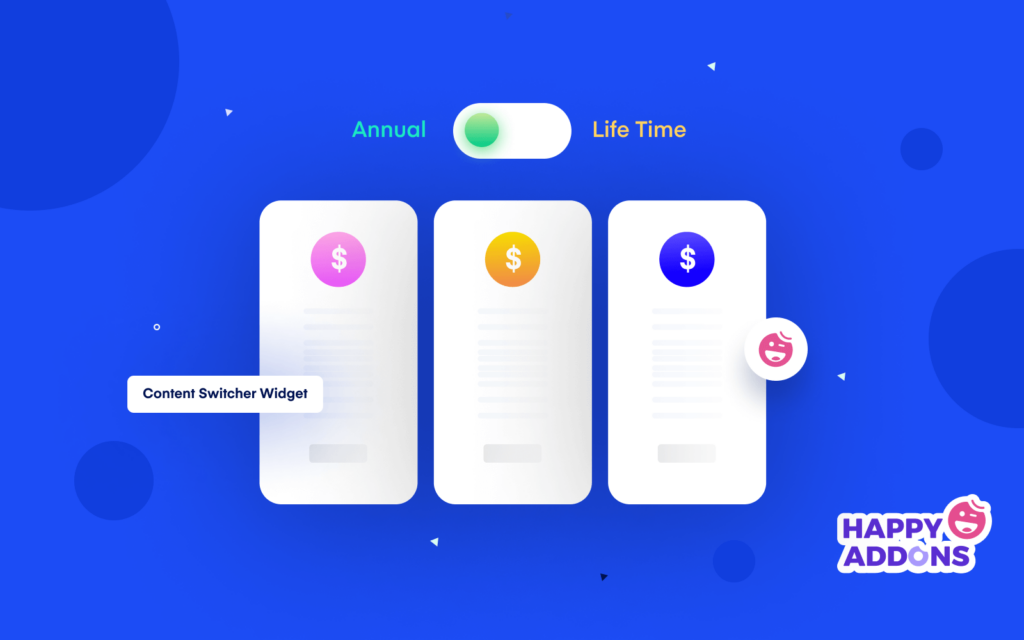
Maintaining the user's preference from one page to the next may be achieved by storing a cookie on the user's machine (see Resources section for more information) or by including their preferences in a profile saved on the Web server by passing a query string parameter, or by other means. However, it is also important for authors to consider interactions between preferences and the complexity for users that might result from providing large numbers of options to users. A variety of presentation and preferences should be provided in order to address the needs of as wide an audience as possible. The number and type of changes that a user can make is limited to the scope of the controls provided by the author of the Web page. When using a style switcher, it is important to consider the following challenges and limitations: For example, an alternate stylesheet can not be used to meet one requirement if it causes a different requirement to no longer conform. The new page must conform to all of the Success Criteria for the desired level of conformance. The new page must contain all the same information and functionality as the original page. For example, if a style switcher is used to provide increased font sizes and the control is presented using a small font, users may not be able to activate the control and view the alternate presentation. The link or control on the original page must itself meet the success criteria to be met via the alternate presentation. The default presentation of the content does not include sufficient contrast for some usersįor this technique to be used successfully, three things must be true.

The text is provided in a manner that does not respond to browser or operating system settings (such as text within an image) The user may not be able to adjust browser or operating system settings, due to a lack of familiarity or rights This makes it possible for different visual presentations to be selected by users in situations such as the following: Controls provided within the Web page allow users to select or modify the presentation in a way that meets the success criterion at the level claimed. In this technique, an author provides alternative views of the content by providing controls that adjust the CSS that is used to control the visual presentation of content. The objective of this technique is to demonstrate how CSS can be used in combination with scripting to provide conforming alternate versions of a Web page. For some requirements, invoking a style switcher via a link or control on the page that can adjust the presentation so that all aspects of the page conform at the level claimed allows authors to avoid having to provide multiple versions of the same information. You can filter the view to show resources, or a single category or all categories of Maintenance items.When some aspect of the default presentation of a Web page does not meet a Success Criterion, it is possible to meet that requirement using the "Alternate Version" clause in the conformance requirements (Conformance Requirement 1). The Construct View is an aid to Project Management, that facilitates easy review of the Resources and Maintenance items associated with elements appearing on the selected diagram.

You can also create new relationships directly in the matrix. This view provides a means to quickly find elements that are not yet connected to other elements, such as Requirements that are not yet realized.

There is both a row and a column corresponding to each diagram element - the cell at the intersection of a row and a column shows the relationship details between the corresponding diagram elements. The Relation Matrix view is a grid that identifies the relationships between the diagram elements. It is ideal for creating and updating Requirements elements, or any elements that involve extended textual descriptions. The Specification View displays the contents of the selected diagram, in the form of a document. This allows you to review the allocation of work to elements in just the selected diagram, focusing on either the elements that require work or the resources required to perform the work. The Gantt view presents the elements of the selected diagram, in the form of a Gantt Chart. It can be used to streamline the process of creating and updating elements in a diagram. The Diagram List is a tabular, editable view of elements in a selected diagram. New elements and connectors can be created by dragging the appropriate type from the Diagram Toolbox onto the diagram.Īfter you switch from the graphical view to another view, you can immediately return to the graphical view by clicking on the black back-arrow in the diagram name tab, even if you have worked through a chain of views.

Model elements are depicted as shapes, with relationships between elements represented as lines drawn between the elements.


 0 kommentar(er)
0 kommentar(er)
